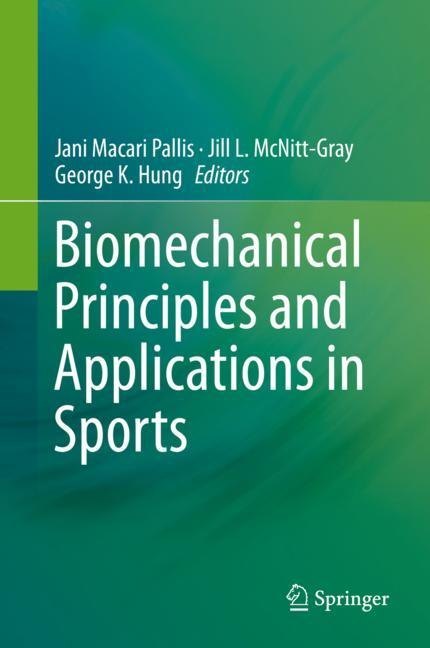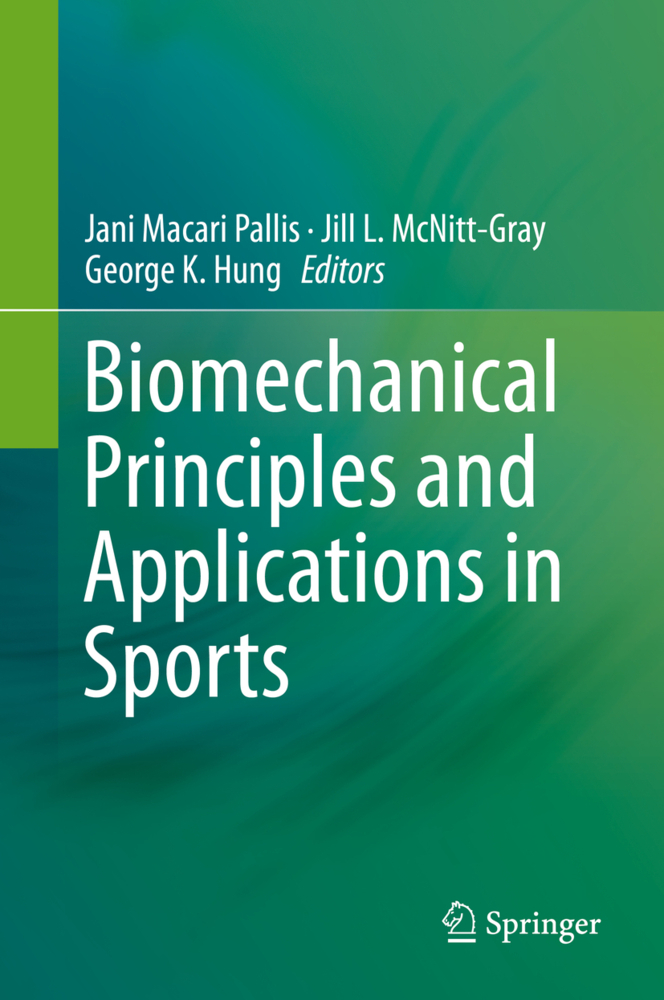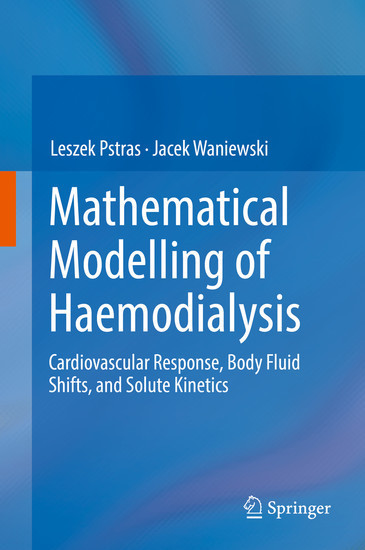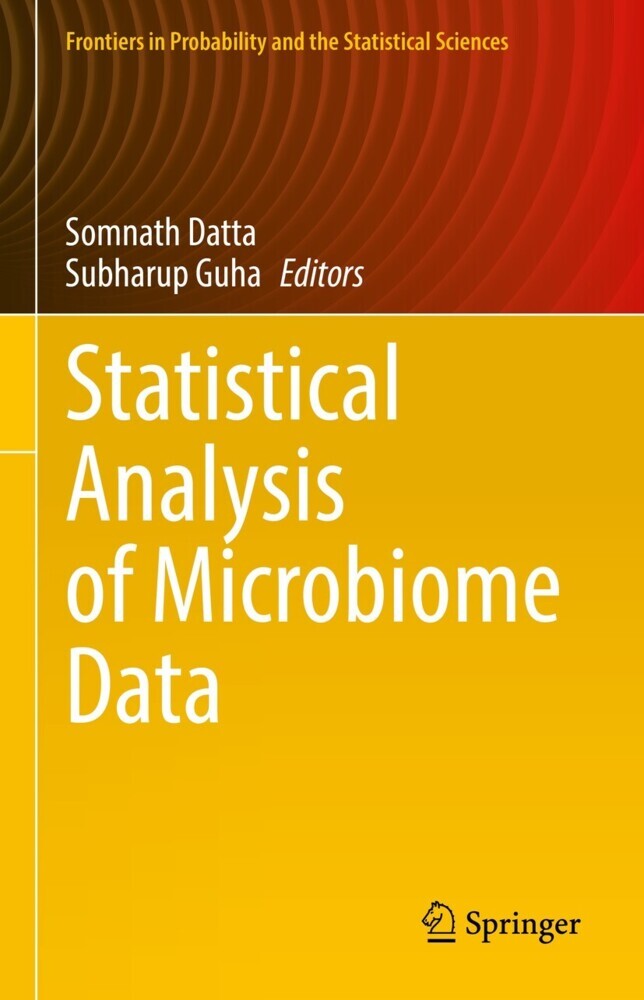Biomechanical Principles and Applications in Sports
Biomechanical Principles and Applications in Sports
This book provides an overview of biomedical applications in sports, including reviews of the current state-of-the art methodologies and research areas. Basic principles with specific case studies from different types of sports as well as suggested student activities and homework problems are included. Equipment design and manufacturing, quantitative evaluation methods, and sports medicine are given special focus.
Biomechanical Principles and Applications in Sports can be used as a textbook in a sports technology or sports engineering program, and is also ideal for graduate students and researchers in biomedical engineering, physics, and sports physiology. It can also serve as a useful reference for professional athletes and coaches interested in gaining a deeper understanding of biomechanics and exercise physiology to improve athletic performance.
Jani Macari Pallis is an Associate Professor in the Department of Mechanical Engineering at the University of Bridgeport and CEO of Cislunar Aerospace, Inc.
Jill L. McNitt-Gray is a Professor in the Department of Biological Sciences and the Department of Biomedical Engineering at the University of Southern California.
George K. Hung is a Professor in the Department of Biomedical Engineering at Rutgers University.
1;Foreword;6 2;Contents;8 3;Contributors;10 4;Part I Equipment Design and Manufacturing;12 4.1;1 Ergonomics and Biomechanics: Racquet Sensors for Monitoring Volume of Training and Competition in Tennis;13 4.1.1;1.1 Tennis Overuse Injuries;13 4.1.2;1.2 Loading and Monitoring Training/Competition Volume;14 4.1.2.1;1.2.1 Upper Extremity Loading in Tennis Strokes;14 4.1.2.2;1.2.2 Monitoring Training/Competition Volume;17 4.1.3;1.3 Racquet Sensors for Monitoring Training/Competition Volume;18 4.1.4;1.4 The Acute: Chronic Workload Ratio;20 4.1.4.1;1.4.1 Managing Data with the ACWR;21 4.1.4.2;1.4.2 Interpretation of the ACWR Data;21 4.1.5;1.5 Future Research;22 4.1.6;References;23 4.2;2 Facility Design: "Smart" Facilities Contribute to Advancement of Knowledge and Facilitate Learning;27 4.2.1;2.1 Introduction;27 4.2.2;2.2 An Approach for the Development of Evidence-Based Practices Using "Smart" Facilities;28 4.2.3;2.3 Measurements of Value and Validation of Technology to Support Decision Making;29 4.2.4;2.4 Data Management and Ethical Considerations;29 4.2.5;2.5 Improvements in Human Performance Involves Multiple Factors;31 4.2.6;2.6 Identifying Cause-Effect Principles Affecting Performance;34 4.2.7;2.7 "Smart" Training Environments that Facilitate the Use of Reaction Force as Augmented Feedback;37 4.2.8;2.8 Knowledge of Kinematics During Reaction Force Generation Provides Context Regarding Mechanical Demand During Task Performance;39 4.2.9;2.9 Embedding Force Plates into Indoor and Outdoor Training Environments;40 4.2.10;2.10 Understanding the Control and Dynamics of Task Performance in "Smart" Training Environments;42 4.2.10.1;2.10.1 Clarifying Cause-Effect Relationships in Horizontal Jumps in a "Smart" Training Environment;43 4.2.10.2;2.10.2 Testing Hypotheses About Volleyball Block Jump Performance in a "Smart" Training Environment;45 4.2.11;2.11 Considerations When Introducing Augmented Feedback in "Smart" Training Environments;48 4.2.12;2.12 Summary;50 4.2.13;References;50 4.3;3 Performance Tracking: A Multimedia Informatics System to Improve Decision Support in Movement Analysis;53 4.3.1;3.1 Introduction;53 4.3.1.1;3.1.1 The Medical Imaging Informatics Infrastructure;54 4.3.1.2;3.1.2 The Electronic Patient Record (ePR) Concept;56 4.3.2;3.2 Methodology for Designing and Developing the Multimedia Informatics System;56 4.3.2.1;3.2.1 Workflow Analysis;57 4.3.2.2;3.2.2 Data Objects Analysis and Data Model Development;58 4.3.2.3;3.2.3 Multimedia Informatics System Architecture;59 4.3.3;3.3 Application-Specific Use Case with Results;61 4.3.3.1;3.3.1 Volleyball Skills Development;61 4.3.4;3.4 Summary and Conclusion;64 4.3.5;References;64 5;Part II Quantitative Evaluation Methods;65 5.1;4 Wind Tunnels: Design Considerations in Wind Tunnel Testing of Cyclists;66 5.1.1;4.1 Introduction;66 5.1.2;4.2 Aerodynamic Drag;68 5.1.3;4.3 Bluff Body Aerodynamics;69 5.1.4;4.4 The Relationship Between Drag Coefficient, Reynolds Number, and the Boundary Layer;70 5.1.5;4.5 Effect of Surface Roughness on Drag;74 5.1.6;4.6 Wind Tunnels;76 5.1.7;4.7 Wind Tunnel Test Goals and Expected Outcomes;77 5.1.8;4.8 The Bike Mount;77 5.1.9;4.9 The Wind Tunnel Balance;80 5.1.10;4.10 Harmonic Oscillation Damping;80 5.1.11;4.11 Yaw Function;80 5.1.12;4.12 Measurement Precision and Control;82 5.1.13;4.13 Balance Shielding;82 5.1.14;4.14 Live Subjects and Mannequins;83 5.1.15;4.15 Wind Speed and Temperature;84 5.1.16;4.16 Wind Tunnel Data Acquisition and Test Protocol;84 5.1.17;4.17 Q Sweep, Linear Regression Analysis, 95% Confidence Intervals, and Sample Size;86 5.1.18;4.18 Frontal Area Measurements;89 5.1.19;4.19 Flow Visualization;89 5.1.20;4.20 Cyclist Communications System;90 5.1.21;4.21 Testing Bike Wheels in the Wind Tunnel;91 5.1.22;4.22 Wind-Averaged Drag Coefficient ("WAD");92 5.1.23;4.23 Summary;93 5.1.24;References;93 5.2;5 Overview of Numerical Methods: Introduction to Analytical Methods in Sports;96 5.2.1;5.1 A Brief History of Analytics in Sports;96 5.2.2
Pallis, Jani Macari
McNitt-Gray, Jill L.
Hung, George K.
| ISBN | 9783030134679 |
|---|---|
| Artikelnummer | 9783030134679 |
| Medientyp | E-Book - PDF |
| Copyrightjahr | 2019 |
| Verlag | Springer-Verlag |
| Umfang | 327 Seiten |
| Sprache | Englisch |
| Kopierschutz | Digitales Wasserzeichen |











